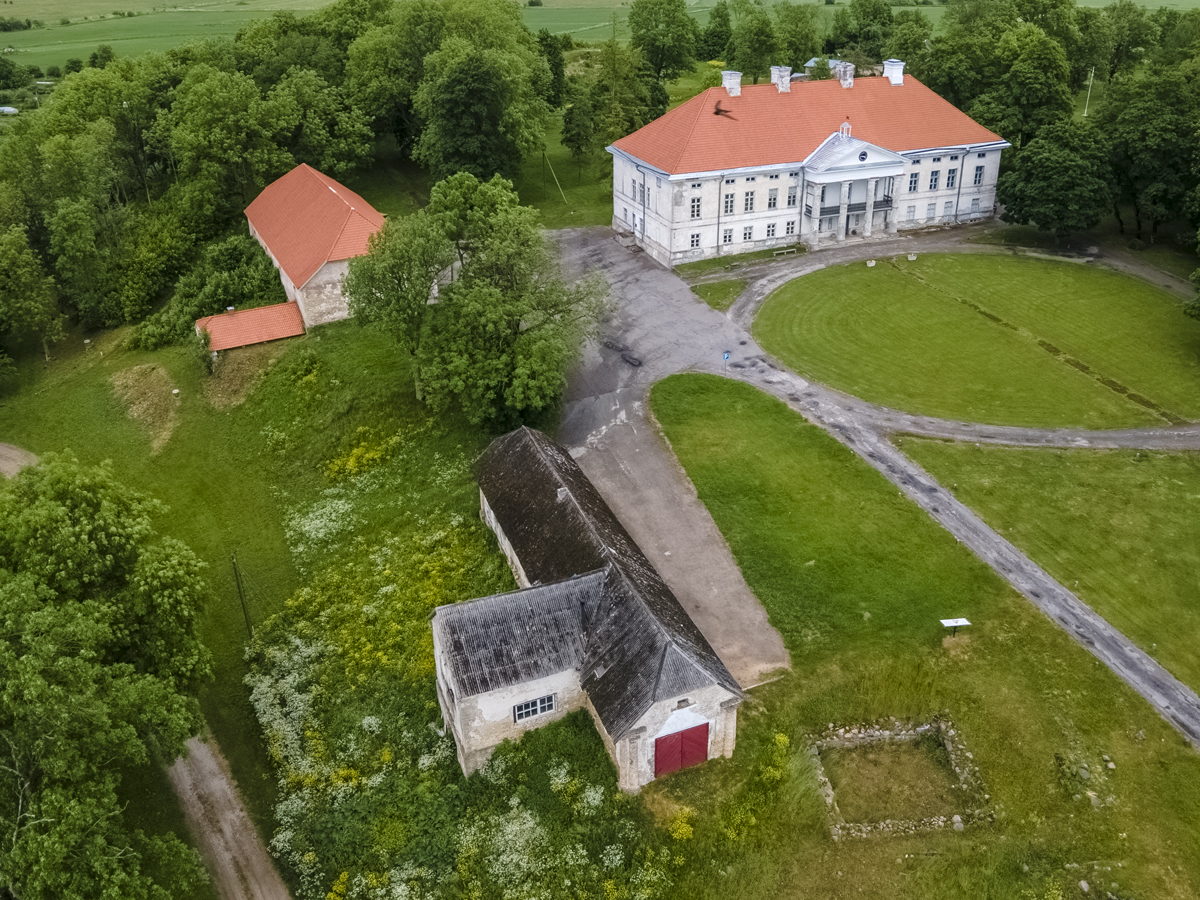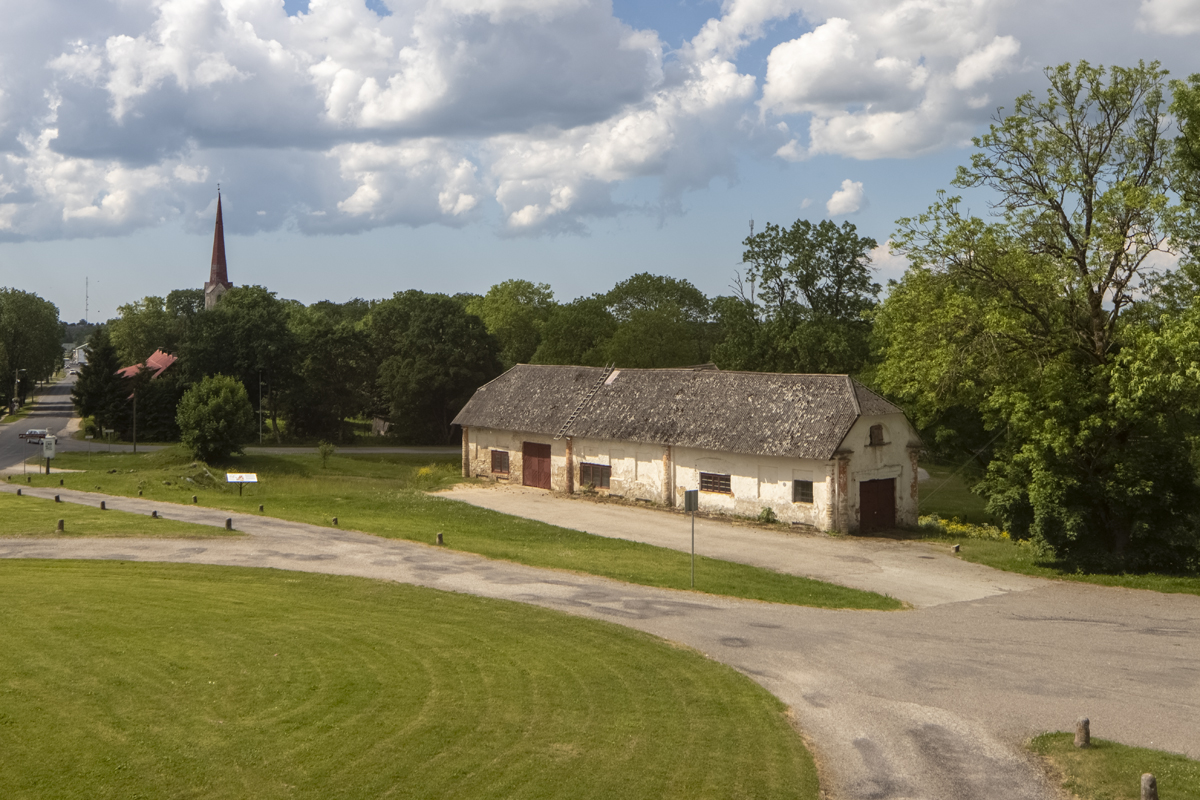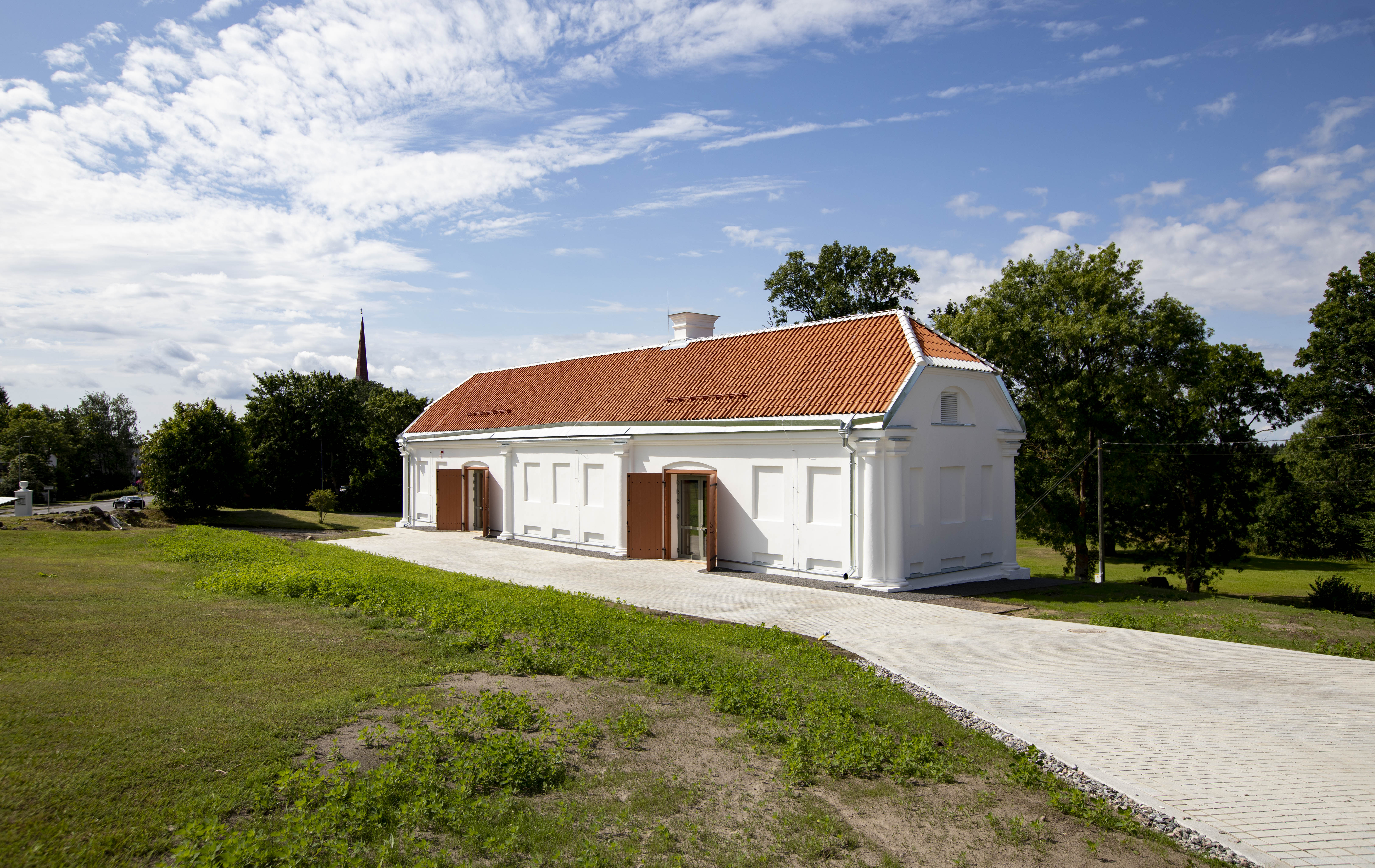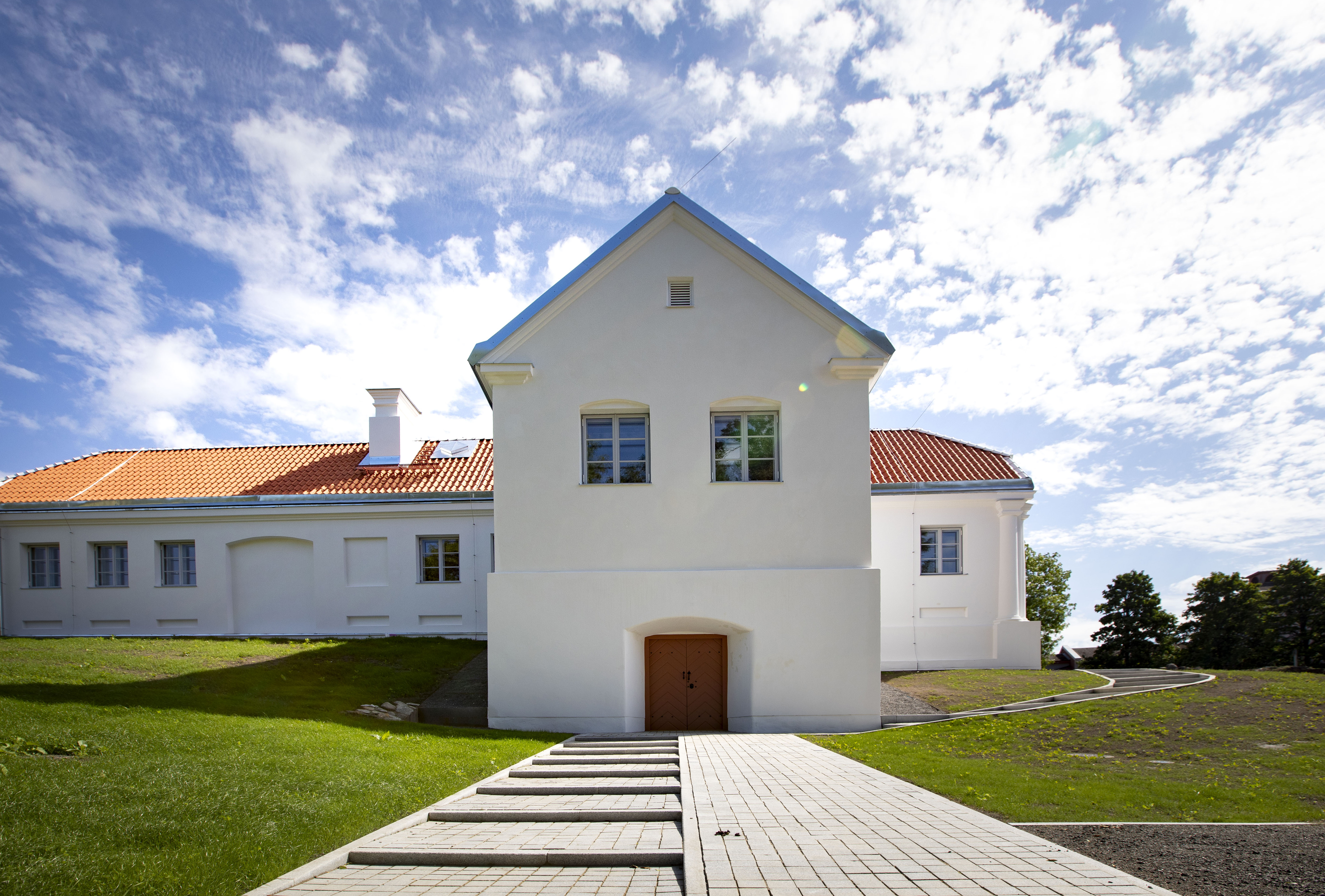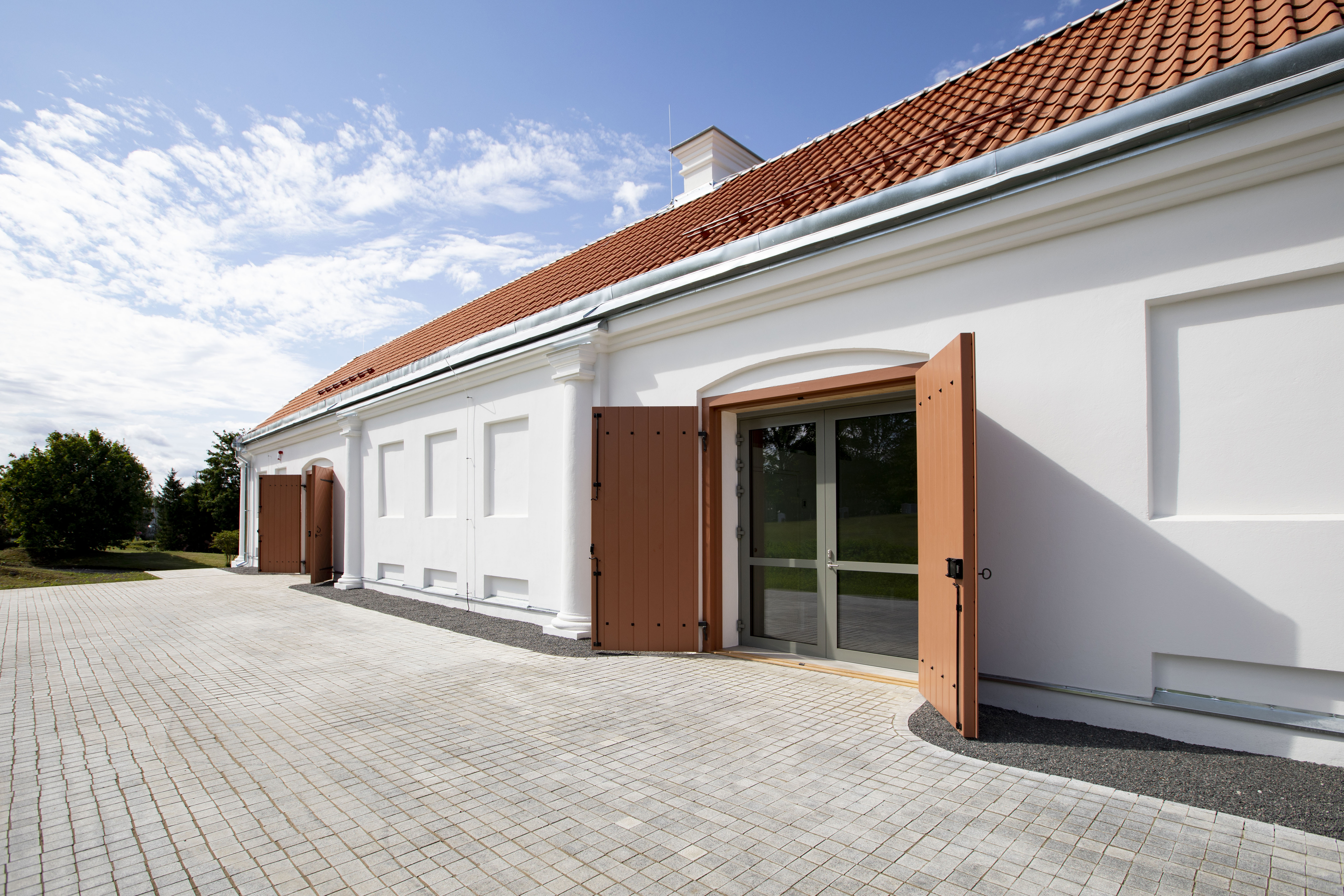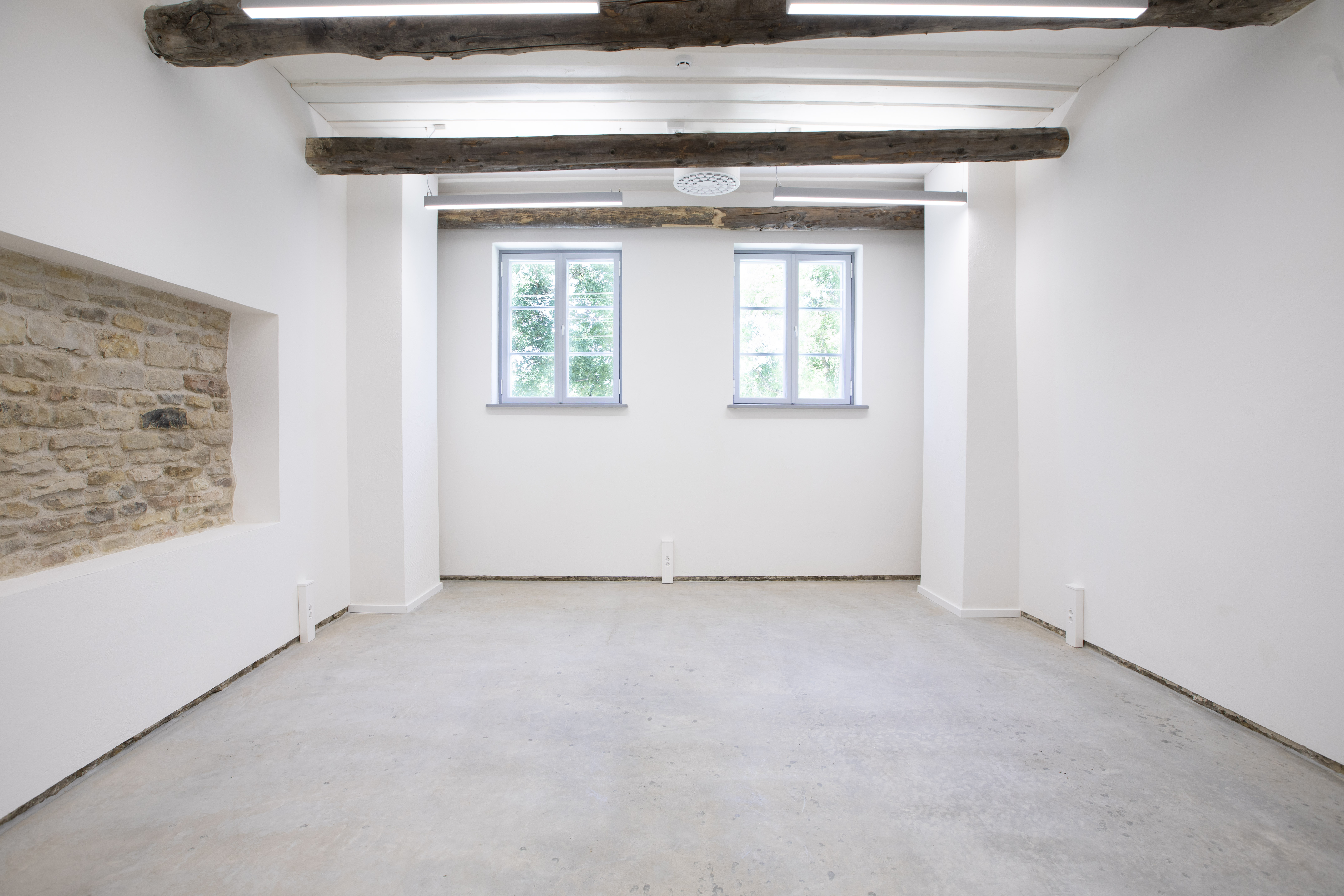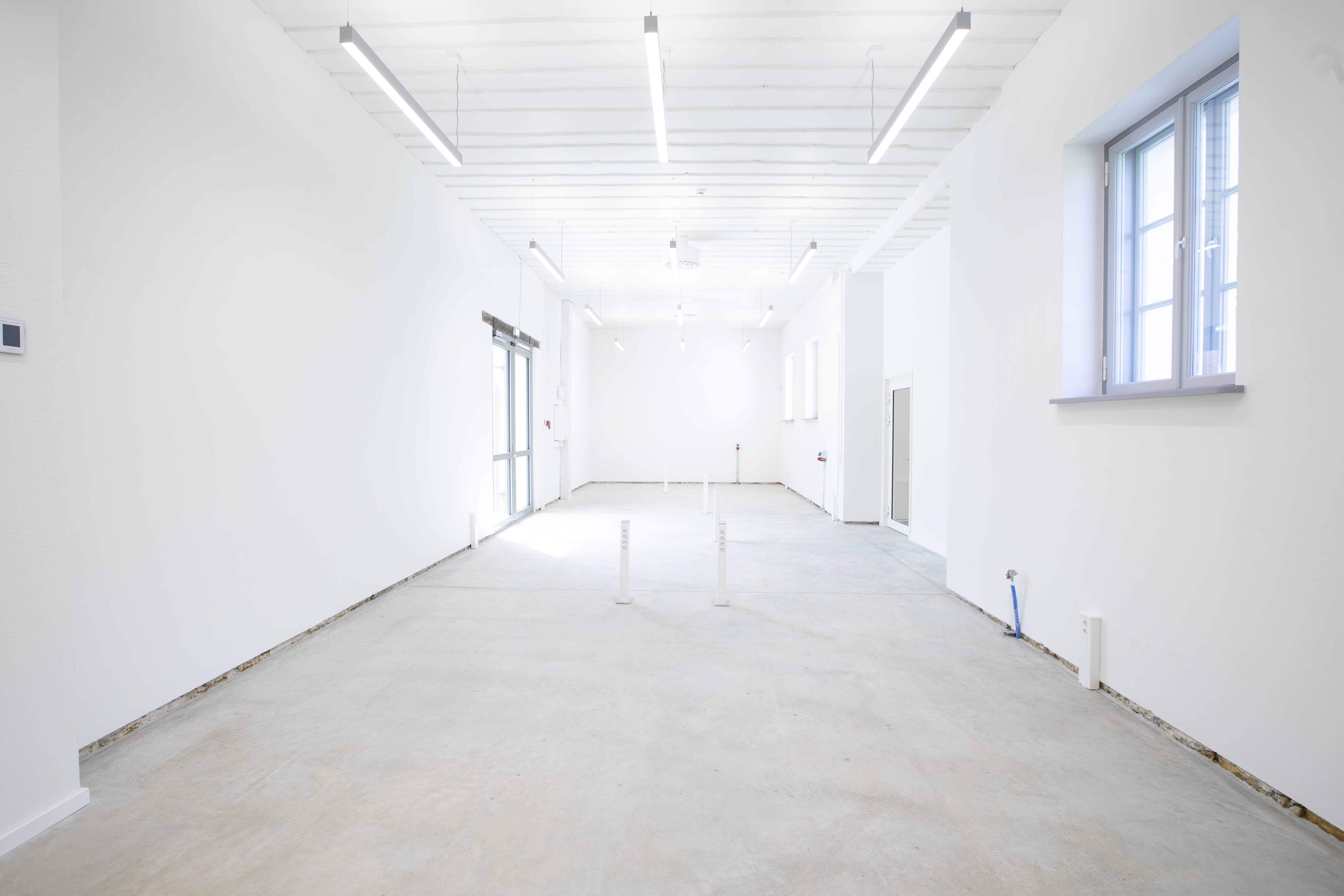Heritage proteceted distillery
Heritage protected distillery in protection area of Lihula will be opened as community centre
Distillery in heritage protection area of Lihula will be opened as community-run heritage and community centre where local people can provide their services (mainly handicraft workshops) to visitors and also locals. Together with Lääneranna Museum, who is managing whole manor ensemble, whole program for visitors will be worked out and implemented.
Estonia
Linnuse road 1, 90303 Lihula, Lääneranna Municipality, Estonia
Completed
Yes
Yes
Yes
No
No
430: Lääneranna vald (EE)
Heritage protected distillery was built to serve Lihula's manor around 19th century, during the 1930s was building used by blacksmiths. After the war and during the soviet time building was rebuilt according to current needs. And even during the 2000s it was used as car repair workshop. During all those times building wasn't taken care of as suitable for such historically important creature. Lääneranna municipality decided to take care of it, renovate it according to Estonian Heritage Board regulations and give it a function that would give more value to whole manor ensemble and Lääneranna Museum, but also to locals and to make Lihula more know in whole (West) Estonia. Therefore, the renovation project created working spaces for craftsmen, who could share their knowledge to those, who need help with renovating their own homes in heritage protected are (for example big part of Lihula town is under heritage protection, which means that all renovations need to be done according to certain rules). But also, to provide extra value for the visitors of Lääneranna Municipality and Lääneranna Museum which resides in the main building of a manor. Another important part of this project is to provide different activities and workshops to local people and to make this old distillery as a community centre. Currently we are working out different programs with local craftsmen to figure out their exact needs for furnishing and machinery. We are working with local blacksmith, carpenters, ceramicist, archaeologist, artists, renovators and embroiderers. This gives an option to locals also to earn extra income which is really important on countryside where finding a job and costumers is not that easy. With that project we have saved really authentic historical building and gave it a function that benefits the community in large scale through cooperation. A good overview of the building process is shown in the following article: https://shorturl.at/gsuLr
Heritage protected distillery
Community-run centre
Local craftsmen
Saved heritage
New approach
Making restauration projects and fitting into heritage board rules can be quite challenging for such high valued heritage protected buildings and areas. Since we were able to keep main historical elements on the outside perimeter, we were allowed to rebuild whole new heating and ventilation systems, which didn’t exist in the building before at all. We also added completely new electricity system to provide all machinery and household needs. This way we were able to pick most efficient and environmental options to make it as sustainable as possible.
Since we are talking about restauration of a distillery which was built in early 19th century, then most of materials had to match with that time. For example, walls are covered with lime plaster, which needs extra care while working and drying, but which also relies as environmental choice. Also, all doors and windows are made by using wood. On the other hand - the whole aim of that community centre relies around regeneration - renovation, handicraft and craftsmanship, also by giving new function to a dignified building instead of building a new one.
So, all those examples can be brought up as exemplary of sustainability.
Since we are talking about restauration of a distillery which was built in early 19th century, then most of materials had to match with that time. For example, walls are covered with lime plaster, which needs extra care while working and drying, but which also relies as environmental choice. Also, all doors and windows are made by using wood. On the other hand - the whole aim of that community centre relies around regeneration - renovation, handicraft and craftsmanship, also by giving new function to a dignified building instead of building a new one.
So, all those examples can be brought up as exemplary of sustainability.
Aesthetics are met inside and outside of an old distillery. As mentioned before then we have used lime plaster in light colours all over the building. Distillery has been renovated and rebuilt according to the idea, that it starts to provide people as community centre with possibility for different workshops and activities. So, all rooms are designed for that. All heritage protected details that are restored and preserved in building are adding extra cultural effect and experience to every visitor or worker in there. Most impressive for locals and visitors, who have seen how the building looked like before renovations, are the outcome now. This gives lot of positive emotions and feedback. Saving this building has a big cultural value to whole Lihula area and Lihula manor while it has been restored near to perfection.
The extra value for community and visitors will be added with follow-up activities right now while building works are finished. Positive emotions and cultural benefits will be reached during community activities held in the building (for example while renovation some own heritage protected window or door, while taking part of historical Lihula flower embroidery workshops etc).
The extra value for community and visitors will be added with follow-up activities right now while building works are finished. Positive emotions and cultural benefits will be reached during community activities held in the building (for example while renovation some own heritage protected window or door, while taking part of historical Lihula flower embroidery workshops etc).
Inclusion will be met in our initiative in different matters. Firstly, and most importantly, community centre will be ran by community and for the community. We have found different craftsmen who have an interest to work out workshops and activities for locals and for visitors. Lääneranna Municipality is providing them with furniture and machinery, also will take care of communal costs of the building. This way we get to a second part of inclusion - we are able to offer workshops with affordable and acceptable prices since incomes on countryside are not that high. To meet wider broad of interests and interest groups, we have found from the locals blacksmith, carpenters, ceramicist, archaeologist, artists, renovators and embroiderers. From the side of accessibility for people with special needs, all our rooms are accessible also with a wheelchair and suitable toilet.
We believe that this model described here (community-run community centre for community) is something to bring out as example.
We believe that this model described here (community-run community centre for community) is something to bring out as example.
The aim of the project has always been to offer services and workshops for community who need guiding and help with restauration. This way community can restore their buildings with more affordable prices, learn special skills and this way also invest into Lihula's environment.
In follow-up activities we have decided to involve craftsmen from community to work out what kind of workshops to offer, what kind of help is mostly needed and what can be offered more to community. Municipality has been taken away the stress of high expenditures (furnishing, machinery, payments for heat or electricity) and given an option to those community members to earn some extra income.
Community feels valued if their ideas are taken into use, they can be part of generating something big and important and benefit from it.
This way community itself is taking part of creating and offering completely new concept to visitors and locals offering the possibility to introduce Lääneranna Municipality´s rich historical legacy to the public through cooperation. Importance of this project cannot be undermined – it is the first time in our region when we are actually in the verge of creating a great cooperation model that benefits both public and private sector and brings together the whole community.
In follow-up activities we have decided to involve craftsmen from community to work out what kind of workshops to offer, what kind of help is mostly needed and what can be offered more to community. Municipality has been taken away the stress of high expenditures (furnishing, machinery, payments for heat or electricity) and given an option to those community members to earn some extra income.
Community feels valued if their ideas are taken into use, they can be part of generating something big and important and benefit from it.
This way community itself is taking part of creating and offering completely new concept to visitors and locals offering the possibility to introduce Lääneranna Municipality´s rich historical legacy to the public through cooperation. Importance of this project cannot be undermined – it is the first time in our region when we are actually in the verge of creating a great cooperation model that benefits both public and private sector and brings together the whole community.
The first initiative of restoring that building was taken by Estonian Heritage Board who was really concerned about situation of the building and by local municipality. While Lihula manor and its ensemble are the main landmark and tourism object of Lääneranna municipality, then it was also important to take care of the visual of Lihula. Together with Heritage Board the whole idea of a community handicraft and heritage centre was worked out and municipality ordered a building project which was completed in 2022. Municipality has applied twice for funding to carry out the idea. Both projects got green lights - so local, regional and national level have been "on board" from the start. Since one funding is connected with Norway grants, we can say that the reach has been even wider.
In regional terms, Lihula manor and distillery are important landmarks in Pärnu county. As a sign of significance, local county development organisation SAPA has also provided funding for Lihula distillery through a financial measure. Lihula distillery is part of Pärnu county development strategy.
In regional terms, Lihula manor and distillery are important landmarks in Pärnu county. As a sign of significance, local county development organisation SAPA has also provided funding for Lihula distillery through a financial measure. Lihula distillery is part of Pärnu county development strategy.
From the start of the project Estonian Heritage Board has been involved with helping to form the idea and with applications for different fundings. During the building process the representative of heritage board was present at every meeting with builders, also every change of a project was discussed with and got final approval from her. Mandatory was to have also a supervisor to observe whole building project. Really important was to involve also archaeologists while we were working on area where first fortresses and manors were already in 13th century. During the restauration some valuable findings were made oldest well of Lihula from 14th century was found, and in there a head of an arrow that is a proof of fight (held in 1220) between people from island of Saaremaa and Sweds who resided in a manor.
Since one funding was connected with Norway grants, we were able to discuss their experiences with such centres and heritage connection during study visits to Norway and to Estonia.
At the stage where we are at now, we are in close contact with craftsmen from local community to work out best functioning system from all parties.
Since one funding was connected with Norway grants, we were able to discuss their experiences with such centres and heritage connection during study visits to Norway and to Estonia.
At the stage where we are at now, we are in close contact with craftsmen from local community to work out best functioning system from all parties.
We believe that worth to highlight is our approach to combine multiple benefits into one:
1. Restoring historical heritage protected building = saving important part of our cultural background.
2. Giving new but yet strongly connected function to historical building = offering heritage protection connected workshops that are also strongly connected with our cultural background.
3. Giving extra value for local community in many ways: option to restore their own pieces under the guiding from professionals, giving leisure time activities in quite scattered area and with affordable prices and most importantly, generating a community-run community centre for community.
1. Restoring historical heritage protected building = saving important part of our cultural background.
2. Giving new but yet strongly connected function to historical building = offering heritage protection connected workshops that are also strongly connected with our cultural background.
3. Giving extra value for local community in many ways: option to restore their own pieces under the guiding from professionals, giving leisure time activities in quite scattered area and with affordable prices and most importantly, generating a community-run community centre for community.
We call our approach "community-run community centre for community". The idea of it is that craftsmen from the same community will work out different kind of workshops and activities for locals and for the visitors. Whole centre will be run by them and filling it with the exact needs from the same community. Since all craftsmen come from the same community, they will have better approach to the locals and already have gained their trust. That gives a belief that this approach will work out smoother than hiring people from the distance.
The approach "community-run community centre for community" gives also opportunity for the craftsmen to rise their incomes which is also quite difficult in scattered area. Municipality has been taken away their worry about furnishing and machinery while taking care of it according to their exact needs. Municipality has also taken away the pressure of high communal costs while paying them by themselves to make activities of a centre more affordable and reachable for different people.
Our initiative is addressing the global challenge of providing (affordable) activities and services for the people in scattered areas. But also challenge of keeping and preserving heritage protected buildings and areas (not only local government held but also in the private hands). With not being able to preserve it we are at the risk of losing crucial parts of our culture, background and history.
Next step after the plan for workshops and activities have been worked out, Lääneranna Museum and municipality will take care of generating marketing plan for locals and for tourists to offer them full experience in our municipality. This way we guarantee that our community centre will get enough visitors and "life" in.
Whole activities will be carried out and developed together with craftsmen and local community.
So, the main focus will remain on sustainability, inclusion and aesthetics and quality of experience for people.
Whole activities will be carried out and developed together with craftsmen and local community.
So, the main focus will remain on sustainability, inclusion and aesthetics and quality of experience for people.

